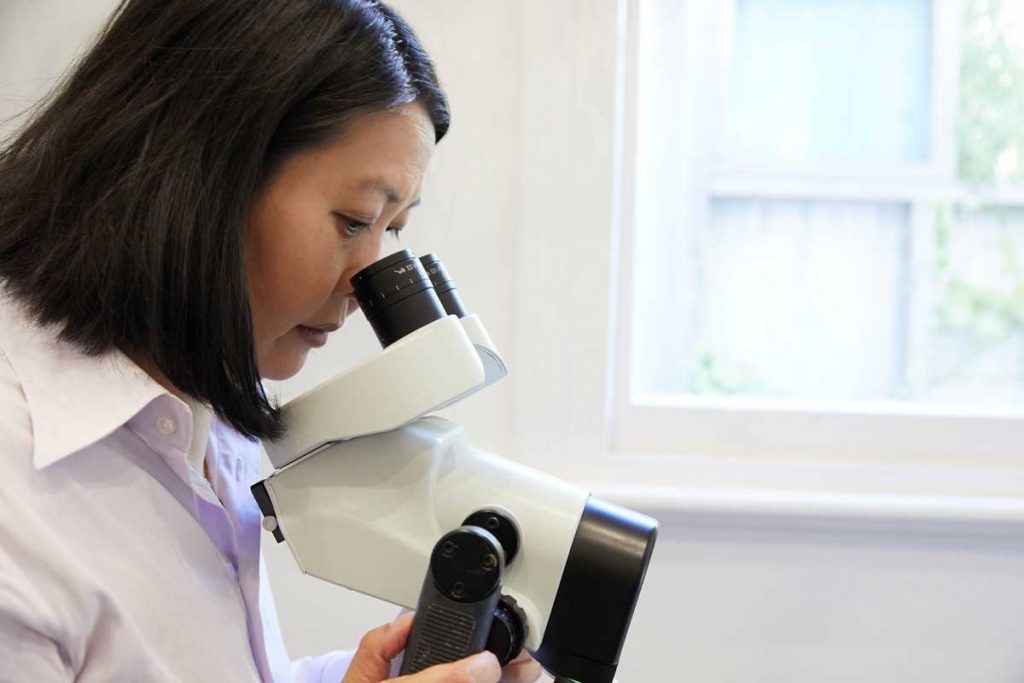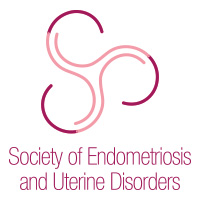Conditions we treat

Persistent Pelvic pain (PPP)
CPP is ongoing pain in the lower abdomen or pelvis. It is not caused solely by menstruation or sexual intercourse, although either can aggravate the condition. CPP is common and affects approximately one in six women.
Endometriosis
Endometriosis is a condition where tissue similar to the endometrium (that lines the inside of the uterus) also grows outside the uterus. One in ten women are affected with endometriosis and this may impact many aspects of their health. Endometriosis may lead to many symptoms which may include pelvic pain, period pain, pain with intercourse, nausea and vomiting, bowel and bladder disturbances and difficulty getting pregnant.
The successful treatment of endometriosis relies on a holistic approach to treatment focusing on achieving quality of life for women. Research has also shown that high quality minimally invasive surgery performed by specialist Gynaecologist laparoscopic surgeons lead to the best outcome for patients in achieving their treatment goals. At MIGYNAE, our Gynaecologists have been trained in both Australian and international centres specialising in providing such care.
Migynae has established Victoria’s the first privately run Endometriosis Care Service, offering patients a comprehensive approach to debilitating condition.
Cervical Dysplasia
Cervical Dysplasia is a condition where the presence of cells of an abnormal type are found within the tissue of the cervix, which may signify a stage preceding the development of cancer. At MIGYNAE, we perform colposcopy (inspecting the cervix under a magnifying glass to identify dysplasia) and organise treatment procedures for patients as necessary.
Fibroids
Fibroids are non-cancerous growths or lumps of muscle tissue that form within the walls of the uterus (womb). Fibroids are very common and may occur in about 70% of women during their life time. Most fibroids are benign, but a small percentage can be cancerous. Some fibroids can increase in size leading to pressure symptoms, heavy menstrual bleeding and pain requiring surgery. Some fibroids can also impact on fertility. The majority of fibroids can be removed via key hole or hysteroscopic (through vaginal approach) surgery by Gynaecologists trained in advance laparoscopy, however careful investigation and discussion with a Gynaecologist is required prior to any surgical decision.
Infertility
Infertility is defined as the inability to conceive a pregnancy after 12 months of unprotected sexual intercourse. It affects approximately one in six Australian couples of reproductive age.
Polycystic Ovarian Syndrome (PCOS)
PCOS is a disorder in which the ovaries (which make both female and male hormones) tend to make more male hormone than usual. This can have a detrimental affect on general health and increase the risk of other serious medical conditions.
Pelvic Inflammatory Disease (PID)
PID is the term used for an infection of the female reproductive organs. It most often occurs when bacteria infect the cervix (the neck of the uterus) and the infection spreads to the uterus, fallopian tubes and ovaries, causing these organs to be inflamed.
Urinary incontinence
Urinary incontinence is the involuntary leakage of urine. About one woman in three may report urinary incontinence at some time in her life, especially as she becomes older.
Pelvic organ prolapse
Pelvic organ prolapse occurs when the muscles, ligaments and fascia (a network of supporting tissue) that hold the internal pelvic organs in their correct positions become weakened. This allows one or more of the organs to drop or “prolapse” into the vagina.
Menopause
Menopause is a time of change for a women. It signals the end of monthly periods and ovulation and therefore fertility.

Abnormal Cervical screening test (CST)
A cervical screening test is performed to check for the presence of certain types of the Human Papilloma Virus (HPV) within the cervix and vagina and to also check if abnormal changes have occurred in cells of the cervix. Abnormal cervical screening tests may need further investigation with a colposcopy examination.
Menorrhagia (heavy menstrual bleeding)
Menorrhagia is the medical terms for menstrual periods with abnormally heavy or prolonged bleeding. Any menstrual bleeding considered by a woman to be heavy or prolonged and is impacting her quality of life warrants further investigation and discussion about options to improve her symptoms. Heavy menstrual bleeding can lead to low iron levels which may further impact a woman’s ability to attend to her daily activities and also requires medical attention.
Dysmenorrhea (painful menstrual periods)
Primary dysmenorrhea occurs in women who experience pain just before and during menstruation, but who have no other cause identified for it. Women who have had normal periods that later become painful may have secondary dysmenorrhoea. Any woman with period pain leading to time off from usual activities have many options available for treatment of their symptoms.
Vaginal atrophy
Postmenopausal atrophic vaginitis (or vaginal atrophy) is the thinning of the walls of the vagina caused by decreased oestrogen levels. This most commonly occurs after menopause.
Chronic Pelvic pain (CPP) or sexual pain following surgical mesh insertion
Surgical mesh is an implantable device that is safely used to treat a number of serious Gynaecological conditions. However, some women may experience distressing side effects from the use of surgical mesh. Some women may have erosion of their mesh into the vagina and other organs leading to further issues. Surgical removal of mesh using minimally invasive surgery is available for selected patients suitable for this option.
Laparoscopic cervical cerclage for short cervix of pregnancy
Patients under specialist Obstetrics management with risk of pre-term birth may require the insertion of a suture to the cervix through the abdomen to provide support for a pregnancy. This procedure can be performed through minimal access surgery by avoiding an open surgery.
Laparoscopic repair of caesarean scar defect of the uterus.
Some patients may develop abnormal bleeding and/or pelvic pain following caesarean section, with a pelvic ultrasound showing a defect in the uterus at the site of caesarean section. A caesarean scar defect can sometimes be associated with the chance of a miscarriage or lead to difficulty getting pregnant. This procedure is only recommended for patients who have had extensive investigation for their symptoms.
Laparoscopic surgery for management of severe pelvic inflammatory disease including tubo-ovarian abscess.
In certain circumstances, patients with severe pelvic inflammatory disease may benefit from surgery. This surgery is considered to be very high risk and is only performed by advanced laparoscopic surgeons.






